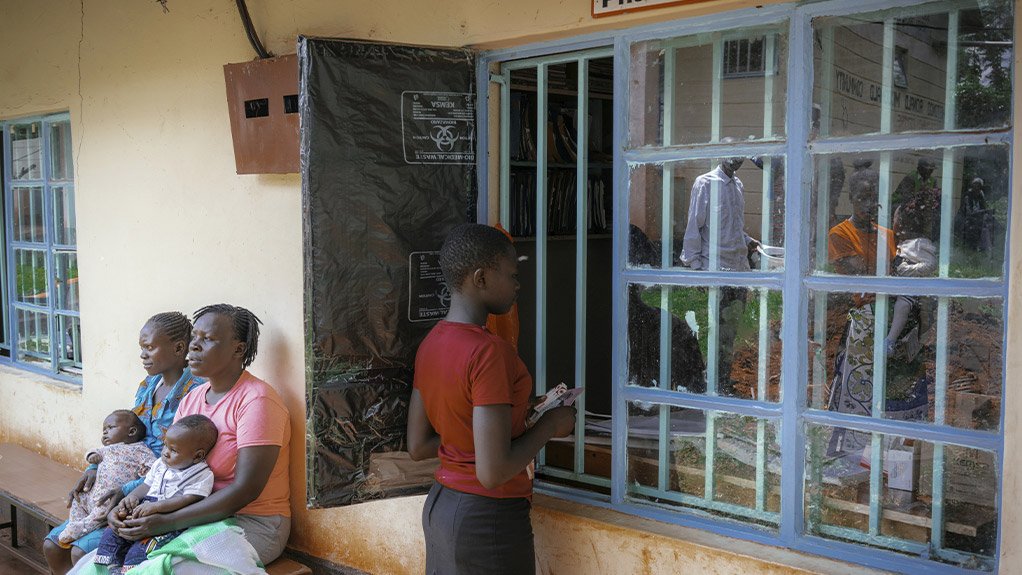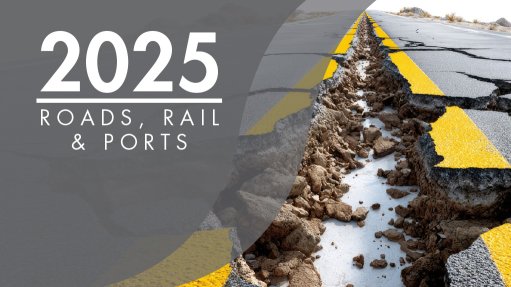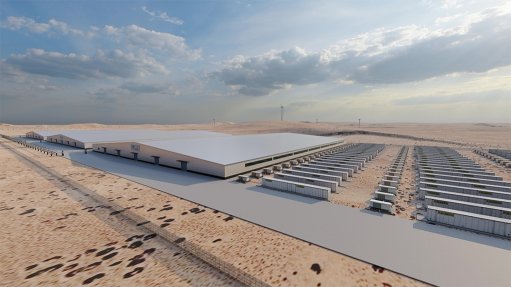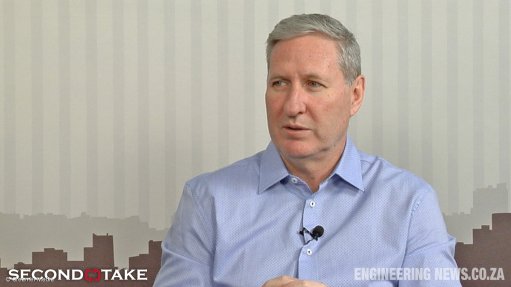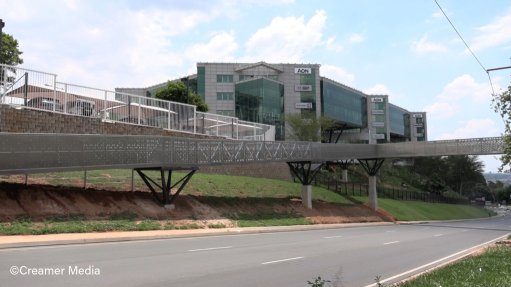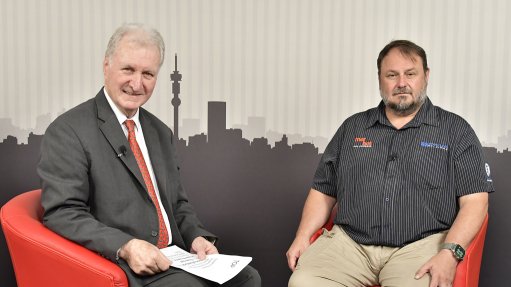Unlocking the power of solar in East Africa
This article has been supplied.
By: Ayush Gupta, Director - Global Strategy & Business Anglophone Africa, Access to Energy at Schneider Electric
East Africa holds vast untapped solar potential, particularly in regions where electricity access remains limited. In Kenya, for example, a significant portion of the estimated 13 millionunserved population resides in areas with high solar irradiation, which make them the perfect candidates for off-grid energy solutions—, therefore systems that don’t rely on the national power grid.
In Tanzania, clean energy initiatives, including large-scale solar projects, are poised to benefit millions, with at least a quarter of underserved regions, according to the National Renewable Energy Strategy (2024–2034) identified as viable for renewable deployment.
Furthermore, Uganda has made notable strides, expanding electricity access to over eight million people since 2016, with renewables playing a central role in reaching remote communities.
There is no doubt that harnessing the above potential is key to improving lives, driving economic growth, and building sustainable communities.
The feasibility of solar
Taking one step back, across Kenya, Uganda and Tanzania, renewable energy sources such as hydropower and geothermal already play a significant role in the countries’ respective national grids. In fact, Kenya’s Olkaria geothermal complex, located in the Kenyan Rift Valley, is one of the largest on the continent.
However, in many remote and rural areas, extending traditional infrastructure is expensive and logistically challenging. Thus, within this context, off grid offers a truly, practical, scalable, and cost-effective solution.
Solar installations can be deployed quickly, require minimal maintenance, plus, when combined with modern battery or hybrid systems, delivers reliable and continuous power. These attributes make solar the go-to option for communities that are entirely off-grid or reliant on unreliable supply.
Beyond household electrification
For Schneider Electric, off grid solar solutions is not just about lighting homes. Through our global Access to Energy programme, we collaborate with our valued partners to deliver reliable, clean power to health centres, schools, agricultural operations, and small businesses in rural East African communities.
For example, establishing a reliable electricity infrastructure, based on renewables, for health facilities ensures medical care can be provided after dark and enables equipment to operate consistently. This is critical in provision of services such as vaccinations, refrigeration, and emergency treatment.
Similarly, electrified schools, empower students to access modern learning tools and extend study hours.
In farming communities, solar can power irrigation systems, agro-processing equipment, and cold storage, helping farmers boost productivity and reduce post-harvest losses. Even small village shops benefit from better lighting and refrigeration, increasing their economic viability.
Mapping the ecosystem for impact
Schneider Electric’s approach in East Africa begins with mapping the entire project ecosystem. This involves identifying funding sources, be it from sector investors, philanthropic foundations, or grant program, and aligning it with social organisations and local energy developers.
NGOs and community-based groups bring deep expertise in local engagement, cultural insight, and community trust—essential ingredients for successful energy access initiatives. Schneider Electric complements this strength by providing advanced technology, robust system design, and integration know-how to deliver solar solutions that are reliable, scalable, and built to last.
Together with our trained partners - who understand local conditions and can manage installations on the ground – we ensure that technology is deployed appropriately, maintained effectively, and aligned with the community’s aspiration.
Leveraging technology for sustainability
Designing a solar solution is only part of the challenge, ensuring it works reliably for years is equally important. To this end, Schneider Electric integrates remote monitoring capabilities into its installations. These systems can track performance, flag faults, and alert maintenance teams, reducing downtime and increasing trust among funders and community members.
Remote monitoring not only improves operational sustainability but also builds transparency. It provides a real-time understanding of impact to funders which can experience how their see their investment is delivering ongoing results, while communities benefit from faster maintenance response times.”
Learning from global best practice
While each country has unique challenges, Schneider Electric draws on lessons from other regions to enhance East African projects. In India, we’ve delivered a range of impactful projects—from powering healthcare centres to supporting local livelihoods.
Our expertise spans architectural system design and high-quality field installations, resulting in lower capital and operational costs, faster maintenance turnaround, and improved sustainability. Just as importantly, we invest in training and capacity building to ensure communities can confidently operate and benefit from these technologies.
These outcomes are made possible through close collaboration with our NGO partners, whose deep community engagement and implementation support are vital to long-term success.
Though East Africa’s context differs, elements of these models, such as centralised power systems supporting multiple community services, are undoubtedly relevant. The ability to replicate and adapt proven concepts accelerates deployment and increases impact.
The future
Looking ahead, Schneider Electric plans to deepen its work East Africa in four key areas:
1. Community infrastructure electrification – prioritising schools and health centres, ensuring they can operate effectively regardless of grid availability.
2. Livelihood enhancement – expanding support for agricultural and small business applications, building resilience and income for rural communities.
3. Sustainable, monitored operations – embedding remote monitoring and maintenance strategies to extend system life and safeguard investments.
4. Collaborating with a diverse network of partners such as NGOs, funders and impact investors to drive greater impact, ensuring that all stakeholders work collectively toward the shared goal of reaching more people and supporting the aspirations of local communities.
East Africa’s solar journey is not just about technology—it’s about transformation and community-led energy solutions. Indeed, by aligning innovation with communities’ aspiration, and pairing global expertise with grassroots partnerships, we can unlock energy solutions that are resilient, sustainable, and future-ready.
Article Enquiry
Email Article
Save Article
Feedback
To advertise email advertising@creamermedia.co.za or click here
Comments
Press Office
Announcements
What's On
Subscribe to improve your user experience...
Option 1 (equivalent of R125 a month):
Receive a weekly copy of Creamer Media's Engineering News & Mining Weekly magazine
(print copy for those in South Africa and e-magazine for those outside of South Africa)
Receive daily email newsletters
Access to full search results
Access archive of magazine back copies
Access to Projects in Progress
Access to ONE Research Report of your choice in PDF format
Option 2 (equivalent of R375 a month):
All benefits from Option 1
PLUS
Access to Creamer Media's Research Channel Africa for ALL Research Reports, in PDF format, on various industrial and mining sectors
including Electricity; Water; Energy Transition; Hydrogen; Roads, Rail and Ports; Coal; Gold; Platinum; Battery Metals; etc.
Already a subscriber?
Forgotten your password?
Receive weekly copy of Creamer Media's Engineering News & Mining Weekly magazine (print copy for those in South Africa and e-magazine for those outside of South Africa)
➕
Recieve daily email newsletters
➕
Access to full search results
➕
Access archive of magazine back copies
➕
Access to Projects in Progress
➕
Access to ONE Research Report of your choice in PDF format
RESEARCH CHANNEL AFRICA
R4500 (equivalent of R375 a month)
SUBSCRIBEAll benefits from Option 1
➕
Access to Creamer Media's Research Channel Africa for ALL Research Reports on various industrial and mining sectors, in PDF format, including on:
Electricity
➕
Water
➕
Energy Transition
➕
Hydrogen
➕
Roads, Rail and Ports
➕
Coal
➕
Gold
➕
Platinum
➕
Battery Metals
➕
etc.
Receive all benefits from Option 1 or Option 2 delivered to numerous people at your company
➕
Multiple User names and Passwords for simultaneous log-ins
➕
Intranet integration access to all in your organisation



